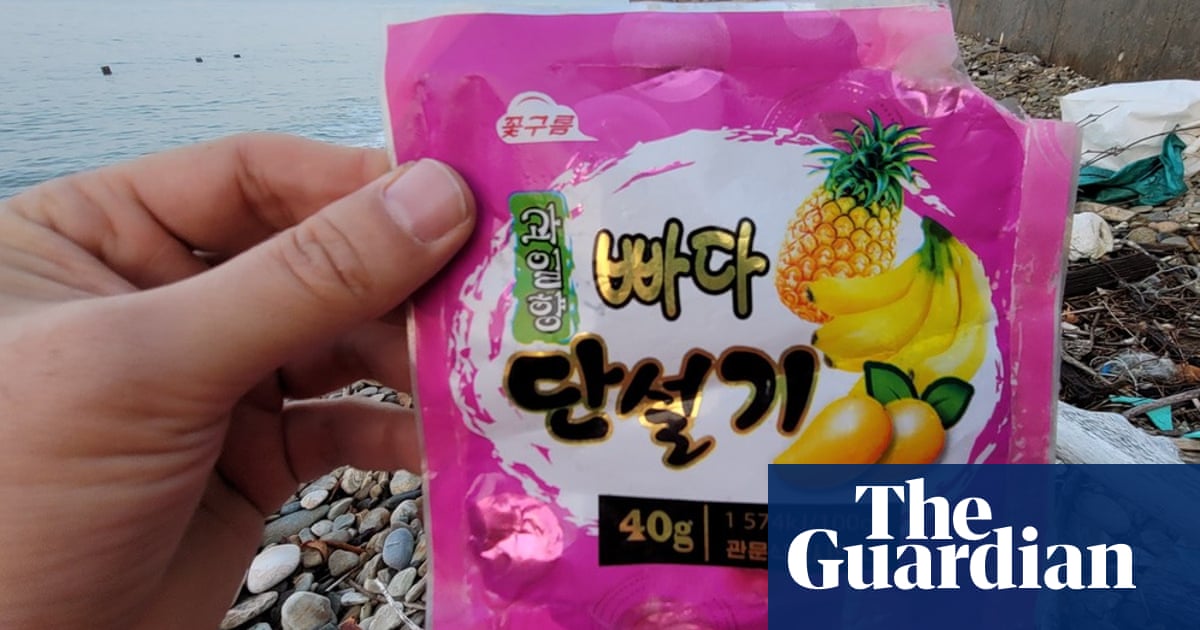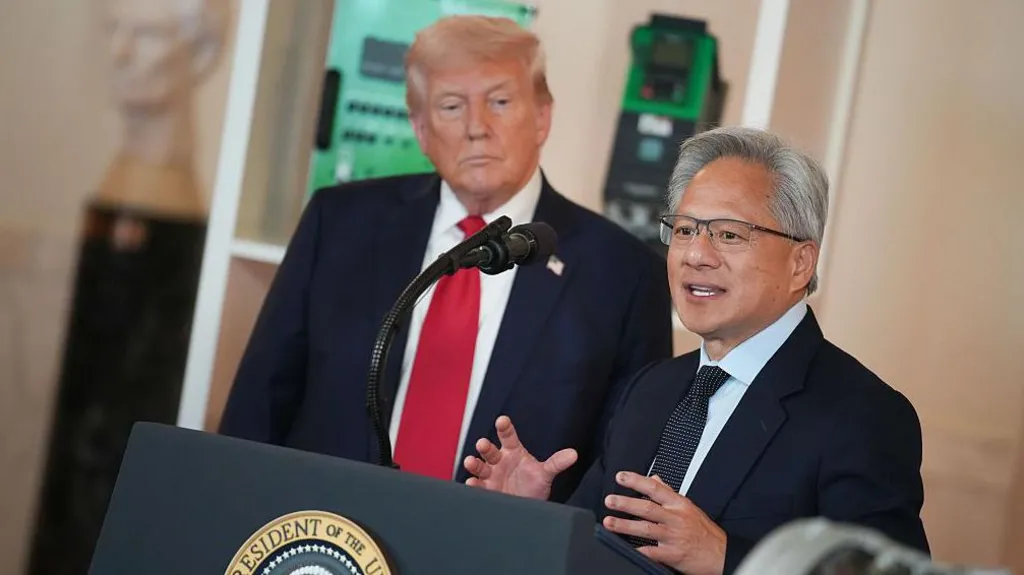‘I can see into the lives of North Koreans’ – the professor who reads washed-up rubbish
Show caption Copycat designs … One of the 1,414 wrappers the professor writes about in his new book, Picking Up North Korean Garbage in the Five West Sea Islands. Photograph: Kang Dong-wan Design ‘I can see into the lives of North Koreans’ – the professor who reads washed-up rubbish From sweet wrappers to noodle packets, Prof Kang Dong-wan collects litter that floats to South Korea from the repressive North. Can military secrets really be uncovered in their surprisingly sophisticated designs? Matthew Wilcox Fri 11 Feb 2022 09.48 GMT Share on Facebook
Share on Twitter
Share via Email
On a clear day from the beaches of Yeonpyeong, a tiny South Korean island, you can see the coast of North Korea some 12 km (seven miles) distant. Glance down, however, and you might see something else. Amid the tangle of seaweed and greying driftwood, the chunks of bleached polystyrene and shreds of fishing net, there may lurk bits of brightly coloured plastic.
To the untrained observer, these scraps – sweet wrappers, cigarette cartons, instant noodle packets, all covered in oversized script, vivid colours and garish cartoon characters – might only confirm the Yellow Sea as one of Earth’s most polluted marine environments. To the sharp-eyed, however, encoded in the design of these snippets is valuable information about the society from which they originate: North Korea, virtually a closed shop to the rest of the world.
The first person to appreciate this was Kang Dong-wan, a professor of politics at Dong-A University in Busan, South Korea. Kang has spent the past year collecting 1,414 wrappers from the beaches of some of South Korea’s most far-flung outcrops. Until Covid, he had studied the North from across the demilitarised zone, catching its changing slogans with powerful lenses. When access to his vantage point was closed off, Kang relocated.
‘The most surprising thing was how much garbage made it here’ … Kang Dong-wan at work on Yeonpyeong. Photograph: Kang Dong-wan
The Five West Sea Islands were occupied by the South at the end of the war and now form the de facto maritime border between the two countries. Yeonpyeong, the closest island to the North, was the subject of a tit-for-tat artillery barrage in 2010 that left four dead and led to the evacuation of about 80% of the island’s 2,000 residents.
“The most surprising thing,” says Kang, speaking from the island where he continues to scour the beaches, “was just how much garbage made it here.” The professor has turned the fruits of his foraging into a book, Picking Up North Korean Garbage in the Five West Sea Islands, which divides the litter into categories: sweets, baked goods, drinks, dairy products, foodstuffs, seasonings, liquor, cigarettes, medical supplies and sundries. “With this rubbish,” he says, “I can see into the lives of North Koreans.”
Foremost among the preconceptions shredded by Kang’s scraps is the idea that the country is unsophisticated, that what goods there are are basic. “The packaging is surprising in its refinement,” he says. Perhaps most surprising, he adds, is the way products from the North mirror those of the South. “In a capitalist economy,” he says, “packaging and design are tailored to appeal to consumers.” You might expect things to be different in a repressive communist regime, but Kang believes otherwise: “Not even North Korea can completely ignore the desires of its people.”
Take the wrapper for Galaxy Candy with Strawberry Cream Inside, made in the Pyongyang Wheat Flour Factory in North Korea. It is covered in bright drawings and colours, with a cat suspiciously reminiscent of Sanrio’s Hello Kitty. This more elaborate packaging reflects recent changes, says Kang, as North Korean producers have developed sleeker branding.
Soldier’s diet? … Some of the washed-up trash. Photograph: Kang Dong-wan
This is partially a consequence of reforms that followed Kim Jong-un’s accession in 2011, heralding a liberalisation of the economy. Simultaneously, an increase in smuggling has made North Koreans familiar with products from abroad. This more refined packaging is an attempt to compete.
The trash also offers a glimpse into factory conditions, says Kang. Ingredient lists and production dates reveal what North Korea has been able to make itself during the pandemic, and what it is forced to import with its dwindling cash reserves. Packaging, too, will often specify what factory a product was made in. If it’s known to be operated by the military, this can indicate what the North’s soldiers are eating – as many such snacks are, says Kang, “supplied to the military. In general, the public don’t consume them. There is no money.”
Even the material itself can hold clues. Newer trash, Kang explains, is often composed of recycled or locally sourced materials, a further indication of the North’s economic state. Perhaps their reasons are green, but it’s far more likely that recycling is being forced on them by scarce resources.
Nick Bonner, who has written about North Korean product design, also sees the wrappers as a gauge of the North’s economic plight. “I would imagine over the next few months, as the sanctions bite harder and Covid keeps the border to China closed, there will be less and less garbage for Kang to pick up,” he says. “Sad for him but, more worryingly, a reflection of how tough its food and economic situation is.”
In the meantime, however, Kang continues his shoreline vigil, adding to his haul with every new tide.











